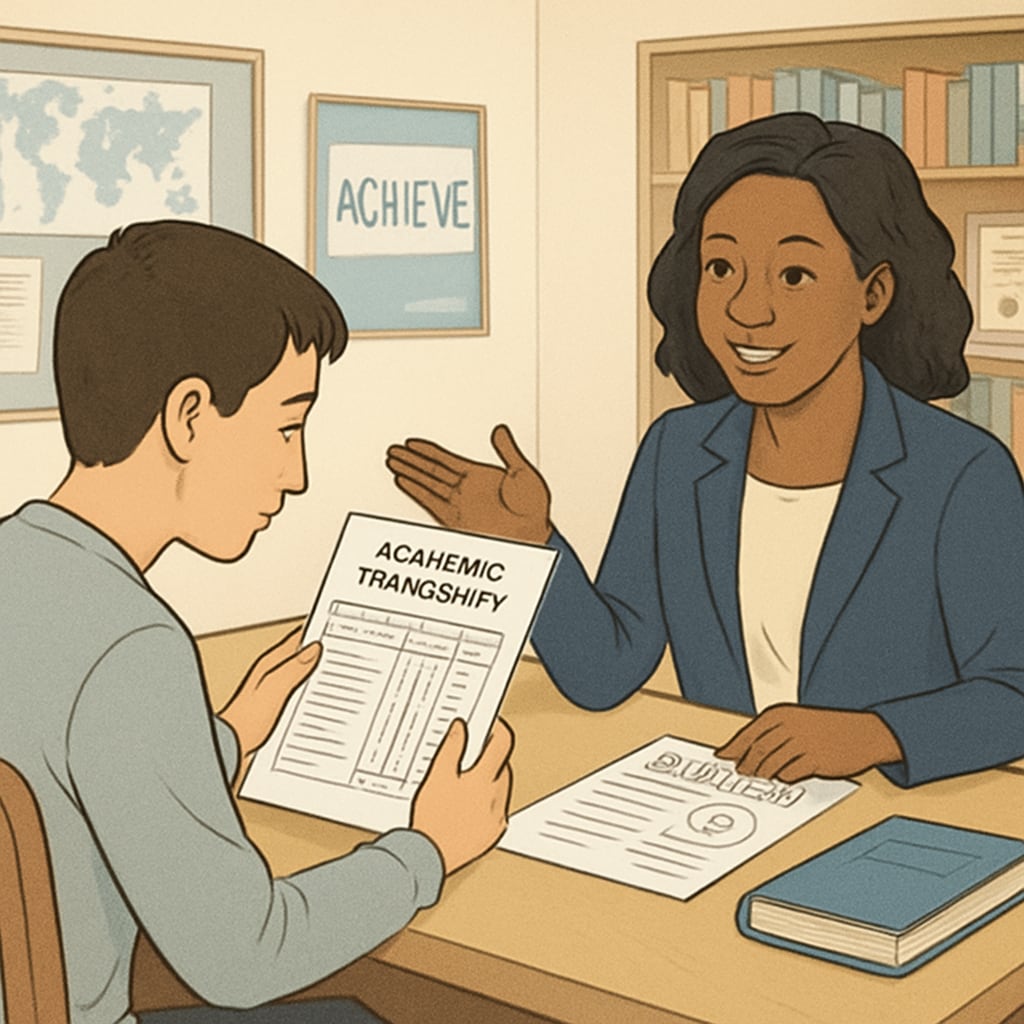For families navigating the K12 education system, financial obligations can sometimes hinder access to essential academic records. Questions often arise about whether students can obtain their K12 transcripts when there is an outstanding balance on their account. This article sheds light on the legality of withholding transcripts, explores relevant policies, and offers practical approaches for resolving these conflicts while securing academic and financial stability.
Understanding the Connection Between Transcripts, Financial Obligations, and Rights
First and foremost, it’s important to clarify whether institutions are legally permitted to withhold transcripts due to unpaid balances. While policies differ by state and district, certain jurisdictions explicitly prohibit schools from restricting access to transcripts as a means of enforcing financial payment. For instance, state education policies may mandate that access to academic records remains an unalienable right, regardless of financial status.
On the other hand, private schools often operate under different regulations that allow them greater discretion in managing financial disputes. As a result, families enrolled in private institutions may encounter stricter roadblocks when requesting transcripts. In such cases, understanding the school’s financial policies and applicable local laws becomes crucial.

Steps to Legally Access Transcripts with Outstanding Balances
When faced with this challenge, here are actionable steps parents and students can take:
- Check local regulations: Research your state’s legislation on transcript access. States like California and Illinois have laws that protect students’ rights to obtain transcripts regardless of financial obligations.
- Communicate with the school: Open a dialogue with the institution’s financial office. Schools may offer payment plans or temporary waivers to facilitate access to transcripts.
- Request partial records: If the full transcript is withheld, ask for a summary of grades or proof of enrollment, which may suffice for immediate needs such as college applications.
- Seek legal advice: If you believe your rights are being violated, consult an education attorney or contact local advocacy groups for guidance.
Taking these steps ensures that students’ academic progress isn’t unnecessarily hindered, even when financial challenges arise.

Balancing Financial Obligations and Academic Progress
It’s crucial for families and schools to find a balance between financial accountability and the students’ right to access their academic records. While schools rely on tuition and fees to maintain operations, withholding transcripts can disrupt students’ future opportunities, including college admissions and career prospects. As a result, fostering open communication and exploring alternative solutions—such as deferred payment plans—can benefit both parties.
In addition, some organizations offer financial aid or debt relief programs for families struggling with educational expenses. Exploring such options can alleviate long-term financial stress while keeping students on track academically. For more information on financial assistance, FinAid.org provides valuable resources.
Final Thoughts: Advocacy and Action
Accessing K12 transcripts with outstanding balances may feel challenging, but understanding your rights and available options can make the process more manageable. By staying informed, communicating effectively with schools, and seeking external support when necessary, families can navigate these situations successfully. Remember, education is a right, and ensuring that financial hurdles do not impede academic progress is a shared responsibility between schools and communities.
As you move forward, prioritize proactive communication and legal awareness to safeguard your child’s educational journey. This balanced approach can create pathways for resolution and long-term success.
Readability guidance: This article includes short paragraphs, clear transitions, and actionable advice. Lists are used to summarize key points, and external resources are linked for further information. Passive voice is minimized, and sentences are concise for improved readability.


